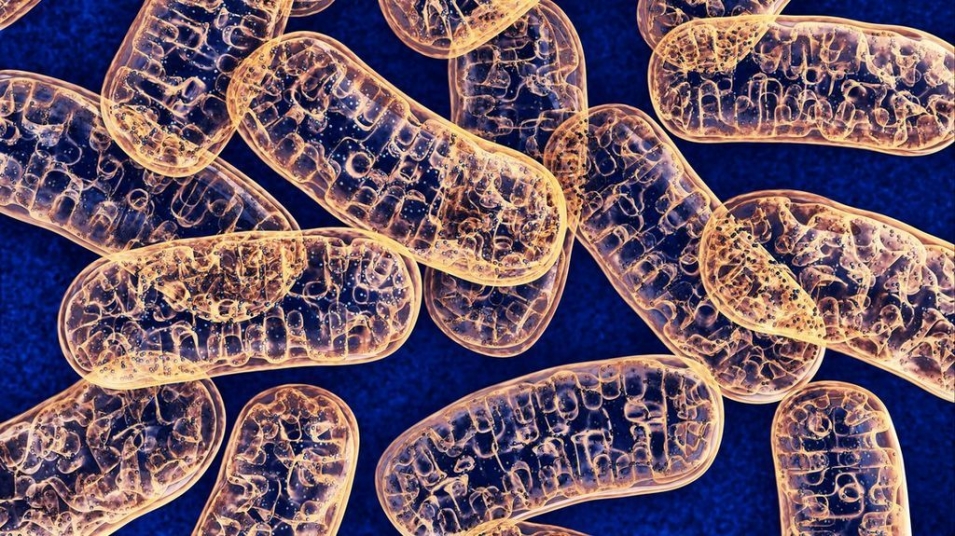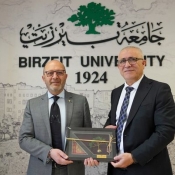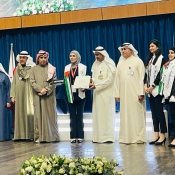New study co-authored by Birzeit professor explains linkage between fruit fly Mitochondria DNA and human genetic diseases
Dr. Johnny Stiban, an associate professor of biology and biochemistry at Birzeit University, has recently co-authored a paper in the “Frontiers in Genetics” journal on the existence of iron-sulfur clusters (ISCs) in the DNA helicase of Drosophila melanogaster, often referred to as the fruit fly or vinegar fly, and its modulation in “nucleic acid metabolizing enzymes,” which can provide valuable insight on how chemicals, such as drugs, interact with enzymes.
Entitled “Implications of Membrane Binding by the Fe-S Cluster-Containing N-Terminal Domain in the Drosophila Mitochondrial Replicative DNA Helicase,” the study is based on lab experiments conducted by Dr. Stiban in 2015 and 2017 as part of a Zamala fellowship, funded by the Welfare Association and Bank of Palestine, that was completed at Michigan State University.
The team of researchers who authored the study include Dr. Minyoung So, Dr. Stacy L. Hovde, and Prof. Laurie S Kaguni, from the Department of Biochemistry and Molecular Biology and Center for Mitochondrial Science and Medicine at Michigan State University, and Dr. Grzegorz L. Ciesielski, who is currently from the Department of Chemistry at Auburn University.
The study confirms that presence of ISCs in DNA helicase and the role they play in the stability of the protein. The study also identified a putative protein for the transfer of ISCs to mitochondrial helicase termed NUBPL, the known ISC donor for respiratory complex I.
ISCs play significant roles in a multitude of cellular processes, including nucleic acid metabolism. One of their main functions is to sense the mitochondrial redox environment.
While there have been studies in the past that delved into similar topics, none of them linked ISC modulation and transfer in Drosophila melanogaster and human mtDNA. As Dr. Stiban points out, “there is a broad range of mutations in genes encoding the replication of the NUBPL protein, which causes different genetic diseases. We are among the first scholars to take such an approach in studying this phenomenon, and we aim to incorporate our findings in future research on human cells to help reduce genetic illnesses.”







